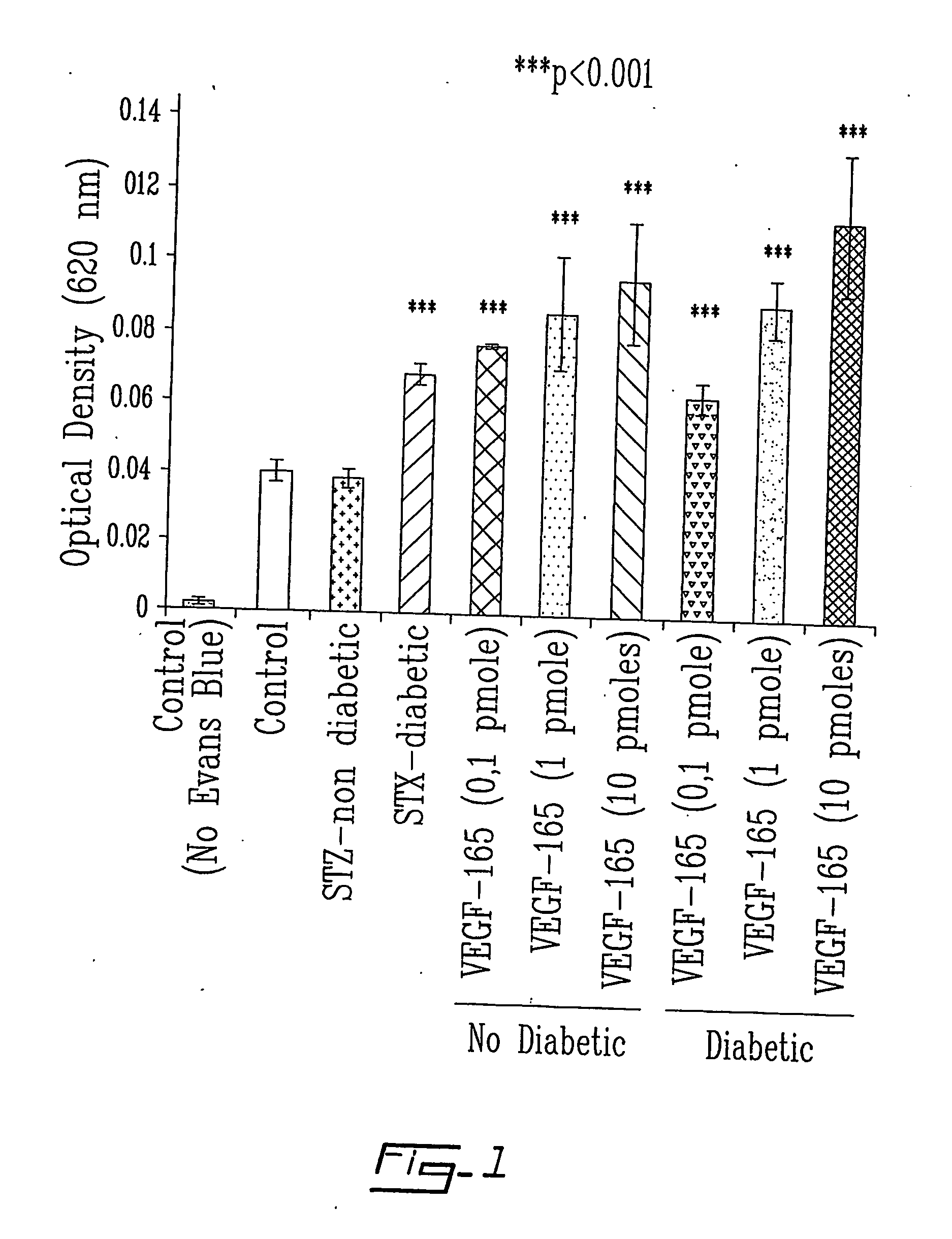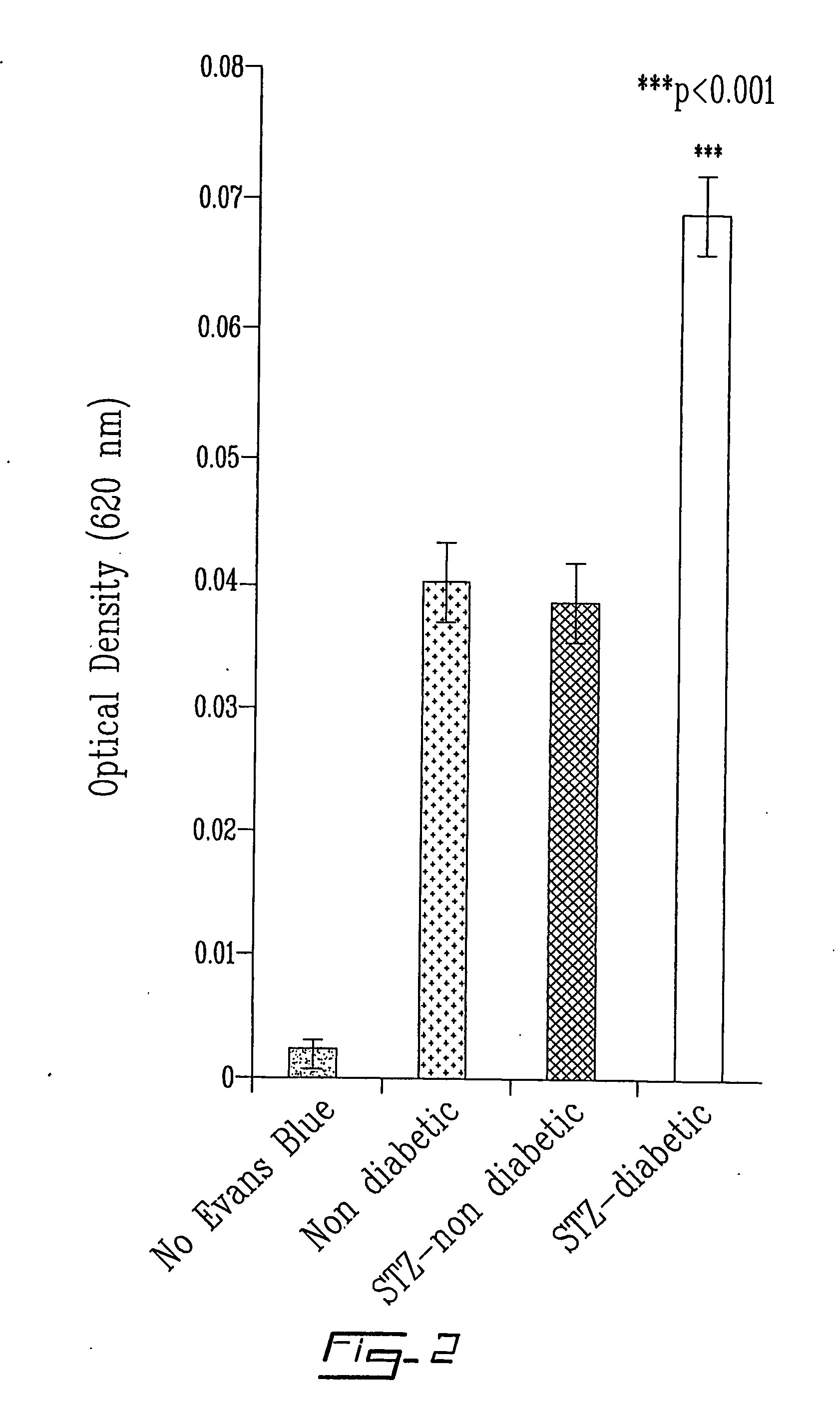Amphiphilic trisulfonated porphyrazines for photodynamic applications in medicine
a technology of amphiphilic trisulfonates and porphyrazines, applied in the field of trisulfonated tribenzomononahpthoporphyrazines, can solve the problems of difficult purification of derivatives as single isomeric products, inconformity of pharmacokinetics and target localization with the selected application, and insufficient photochemical properties, etc., to achieve excellent photochemical properties, facilitate and high yield synthesis, and easy formulation in aqueous
- Summary
- Abstract
- Description
- Claims
- Application Information
AI Technical Summary
Benefits of technology
Problems solved by technology
Method used
Image
Examples
example 1
1-(3,4-Dicyanophenylsulfonyl)indole 2 (Scheme 1)
[0075] Ground KOH (8.6 g) was mixed with tetrabutylamonium hydrogen sulfate (830 mg) in CH2Cl2 (230 mL). The reaction flask was cooled in an ice-salt bath (˜−5° C.). After stirring about 10 min, indole (9.04 g) was added in the mixture. The reaction mixture was allowed to stir for 20 min in the cooling bath. The compound 1, sulfonyl chloride powder was added to the reaction mixture over 50 min at 0° C. ˜−5° C., and the solution was continuously stirred for about 4 h at room temperature (the reaction was monitored by TLC, and continued until the starting material was gone). The solid KOH was removed by filtration and the filtrate was diluted with CH2Cl2 to 600 ml, washed with 10% aqueous HCl, water, saturated NaHCO3 aqueous solution and water (Caution: All the washing must use the cooling solution). The solvent was removed under vacuum. The residue was dispersed in 150 mL CH2Cl2 under sonication, filtered and the filtrate was absorbed ...
example 2
Zinc tri-[4-(1-indolylsulfobenzo)]-mono-5-iodonaphtho porphyrazine (6) (Scheme 2)
[0076] A mixture of compound 2 (300 mg, 0.97 mmol), compound 3 (100 mg, 0.32 mmol) and ZnAc.2 H2O (200 mg, 0.91 mmol) was heated to 210° C. ˜ 230° C., and kept at this temperature for 40 min, then cooled to room temperature. The crude product was dissolved in THF, filtered to remove solids and evaporated under reduced pressure. The residue containing the crude product was dissolved in CHCl3. The purification was carried out by silica gel column chromatography in toluene / THF (100 / 1˜ 100 / 5) to afford compound 6 (74 mg, 18.5%) with the following characteristics:
MS (FAB, M+): 1289; UV-vis, λmax in nm (ε in M−1cm−1): 725 (1.05×105), 687 (1.20×105), 622 (3.82×104), 349 (6.75×104).
example 3
Zinc tri-[4-(1-indolylsulfobenzo)]-5-mono-[(1-hexynyl)naphtho]-porphyrazine (16) (Scheme 3)
[0077] Compound 6 (119 mg, 0.09 mmol), PdCl2(PPh3)2 (25 mg) and Cul (25 mg) were placed in a two neck-flask under nitrogen. Anhydrous THF (8 ml) was added into the flask by syringe. Nitrogen was bubbled through the mixture, 1-hexyne (0.2 mL) and Et3N (5 mL) were added by syringe, respectively. Nitrogen continued to pass through the reaction mixture for 10 min. Then the reaction mixture was stirred for an additional 20 h at room temperature. The solvent was removed under reduced pressure. The residue was dissolved in CHCl3, purified by column chromatography in Toluene / THF (100 / 1 to 100 / 10) to yield 16 as a green powder (99 mg, yield: 84%) having the following characteristics:
MS (FAB, M+): 1245; UV-vis, λmax in nm (εin M−1cm−1): 725 (1.03×105) 687 (1.18×105), 622 (3.80×104), 349 (6.72×104).
PUM
 Login to View More
Login to View More Abstract
Description
Claims
Application Information
 Login to View More
Login to View More - R&D
- Intellectual Property
- Life Sciences
- Materials
- Tech Scout
- Unparalleled Data Quality
- Higher Quality Content
- 60% Fewer Hallucinations
Browse by: Latest US Patents, China's latest patents, Technical Efficacy Thesaurus, Application Domain, Technology Topic, Popular Technical Reports.
© 2025 PatSnap. All rights reserved.Legal|Privacy policy|Modern Slavery Act Transparency Statement|Sitemap|About US| Contact US: help@patsnap.com



